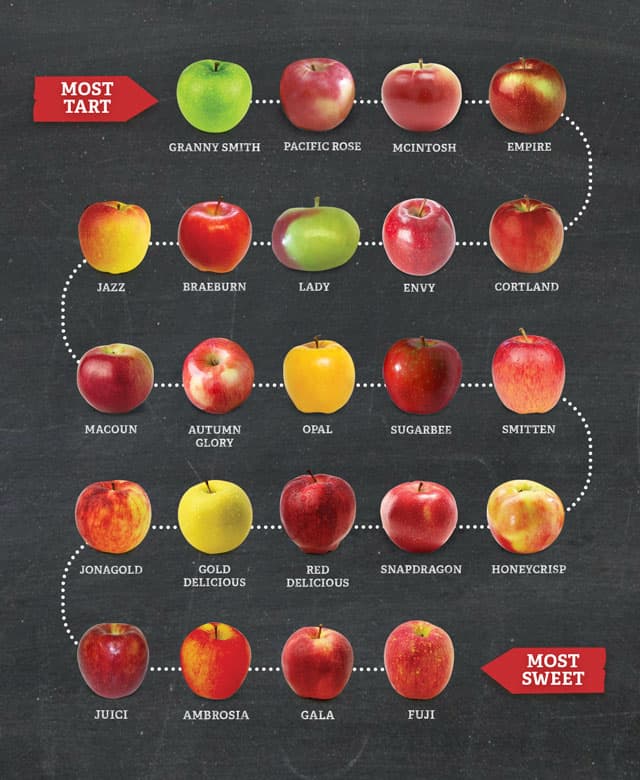- Sh Mac Address Table
- Table For Mac
- Tablet For Mac
- Table For Macbook Pro
- Tablet For Macbook
- Table For Machine
- Table For Machine
Wacom Intuos Pro For Mac (Best Overall) There are many reasons why we rated the Wacom Intuos. Downloading Airtable for Mac Learn more about the Mac app. If the download doesn't begin shortly, click here to try again.
A table view displays data for a set of related records, with rows representing individual records and columns representing the attributes of those records. For example, in a table of employee records, each row represents one employee, and the columns might represent employee attributes such as the last name, first name, and office location.
A table view can have a single column or multiple columns, and it allows vertical and horizontal scrolling, content selection, and column dragging. Each row in a table view has at least one corresponding cell that represents a field in a data collection.
Sh Mac Address Table
Note: The generic term cell is used to describe the content within a row and column in a table view. When it’s necessary to refer to the NSCell class and its subclasses, the class name is specified.
At a Glance
Understanding the structure of a table view, and knowing how to build one, lets you create Mac apps that present tabular data in an attractive, functional way.
Table For Mac
Tables Use a Collection of Classes to Manage Content
The various components of a table view—including column, row, header, and cell—are each supported by a distinct NSView subclass. These classes work together with the NSTableView class itself to display content and to enable behaviors such as animation, column rearrangement, sorting, and selection. And, because most tables use NSView objects to represent individual cells, it’s easy to design custom cell views in Interface Builder and to support animation and column management.
Interface Builder Makes It Easy to Create Tables
Using Interface Builder, you add a table view to a window or superview, add and arrange columns, and specify column headers. Then, you typically create cell view prototypes that your app uses to provide the content layout for each table cell. (If you’re working with an NSCell-based table, you create subclasses of NSCell for each table cell.) Many aspects of tables can be set directly in Interface Builder, which means that you can avoid writing additional code.
Tablet For Mac
Relevant Chapter:Constructing a Table View Using Interface Builder, Working with NSCell-Based Table Views

Tables Can Get Data in Two Ways
You must provide data to the table view. You can do this in one of two ways:
Table For Macbook Pro
Programmatically, by implementing a data source class
Using Cocoa bindings
To provide data programmatically, you create a class that conforms to the NSTableViewDataSource protocol and implement the method that provides the row and column data as requested.
Use Cocoa bindings to create a relationship between a controller class instance, which manages the interaction between data objects, and the table view. When you use the bindings approach, you don’t create a data source class for providing the data or supporting editing.
Tablet For Macbook
The techniques you use to create and populate a table differ depending on whether the table is NSView based or NSCell based.
Relevant Chapters:Populating a Table View Programmatically, Populating a Table View Using Cocoa Bindings, Working with NSCell-Based Table Views
A Table’s Appearance and Behaviors Are Customizable
You can customize various aspects of a table’s appearance, including background color, row color, and grid line color. You can also specify how a table should behave when users make selections or sort table data. (The techniques you use to modify a table’s appearance and behavior are the same for both NSView-based and NSCell-based tables.)
Relevant Chapters:Modifying a Table’s Visual Attributes, Enabling Row Selection and User Actions, Sorting Table View Rows
NSCell-Based Tables Are Still Supported
In OS X v10.6 and earlier, each table view cell was required to be a subclass of NSCell. This approach caused limitations when designing complex custom cells, often requiring you to write your own NSCell subclasses. Providing animation, such as progress views, was also extremely difficult. In this document these types of table views are referred to as NSCell-based table views. NSCell-based tables continue to be supported in OS X v10.7 and later, but they’re typically used only to support legacy code. In general, you should use NSView-based tables.

Although you use the same Interface Builder techniques to create both NSView-based and NSCell-based table views (and to add columns to a table), the code required to provide individual cells, populate the table view, and support programmatic editing differs depending on the table type. In addition, you use different Cocoa bindings techniques depending on whether you’re working with an NSView-based or NSCell-based table.
Relevant Chapter:Working with NSCell-Based Table Views
Prerequisites
To develop successfully with the NSTableView class, you need a strong grasp of the Model-View-Controller design pattern. To learn more about this fundamental pattern, see Model-View-Controller in Cocoa (OS X).
NSTableView instances can be used with Cocoa bindings, both in NSView-based and NSCell-based tables. However, it’s strongly suggested that you thoroughly understand the programmatic interface of the table view before beginning to use the more advanced Cocoa bindings. For a brief overview of bindings, see Cocoa bindings; to learn more, read Cocoa Bindings Programming Topics.
To learn about the recommended appearance and behavior of table views in the user interface, see OS X Human Interface Guidelines.
See Also
The following sample code projects are instructive when designing your own table view implementations:
Table For Machine
With and Without Bindings
Table For Machine
Copyright © 2014 Apple Inc. All Rights Reserved. Terms of Use | Privacy Policy | Updated: 2014-07-15




